James
Senior Member
James how do you think we can improve Toronto as a "world city"?
But alas, there's no short, easy answer to that question. We could devote an entire thread to this one discussion.
|
|
|
James how do you think we can improve Toronto as a "world city"?
But alas, there's no short, easy answer to that question. We could devote an entire thread to this one discussion.
How about copying New York City and inviting bids from top international science universities to build a private sector version of MIT (I guess MIT is private sector for that matter) in Toronto? I assume Build Toronto could provide the land and surely even the McGuinty government would allow the establishment of a high quality science and technology university outside of the provincial system. It wouldn't cost anything aside from the land and foregone property taxes.
The big trouble with Avenue Road was that they widened it into a speedway around 1960, which leaves a lot of older structures bordering it looking rather compressed and frightened...
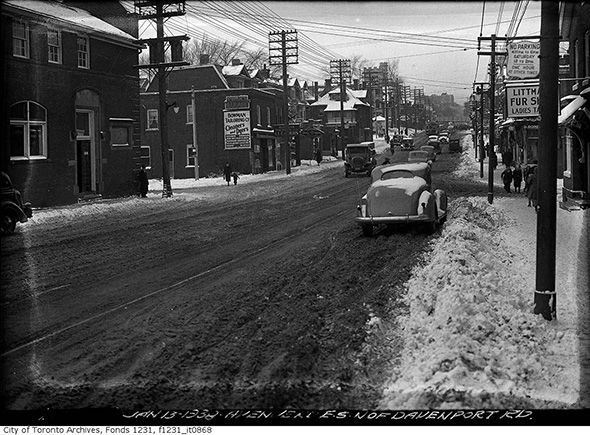
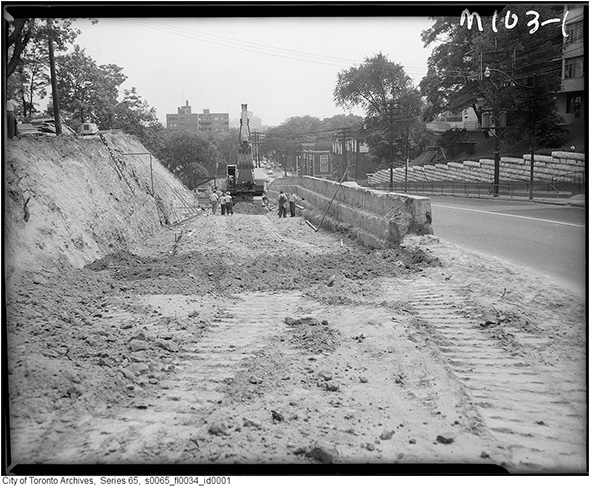
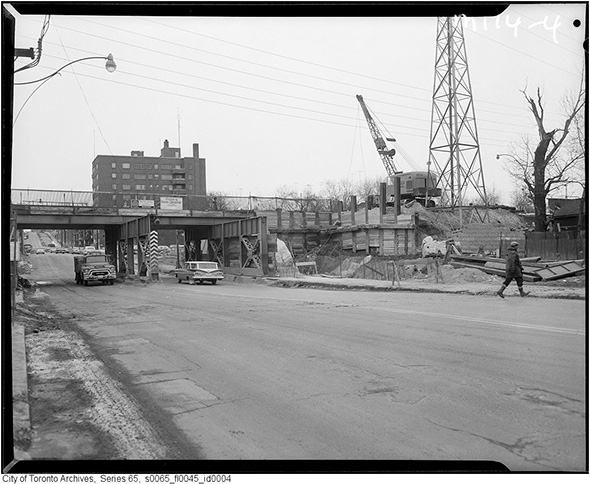
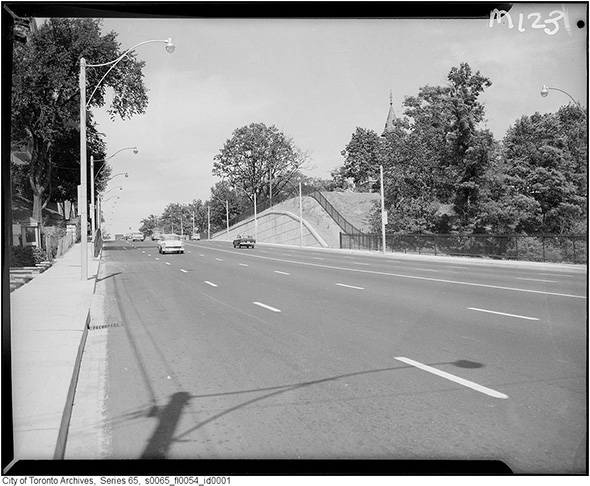
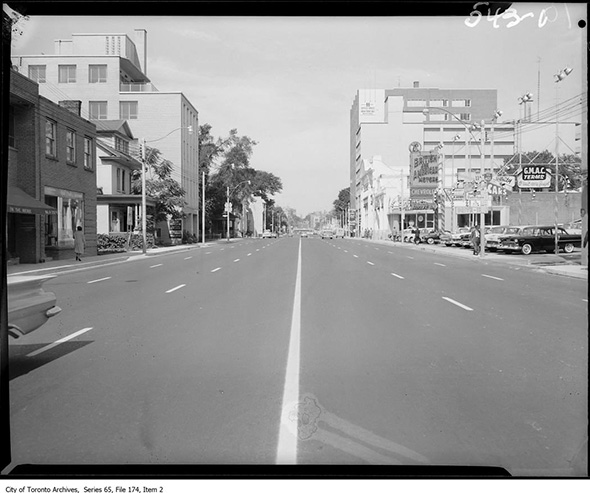
Just horrible what they did back then. Good news is that it leaves lots of room to put in an LRT ROW.
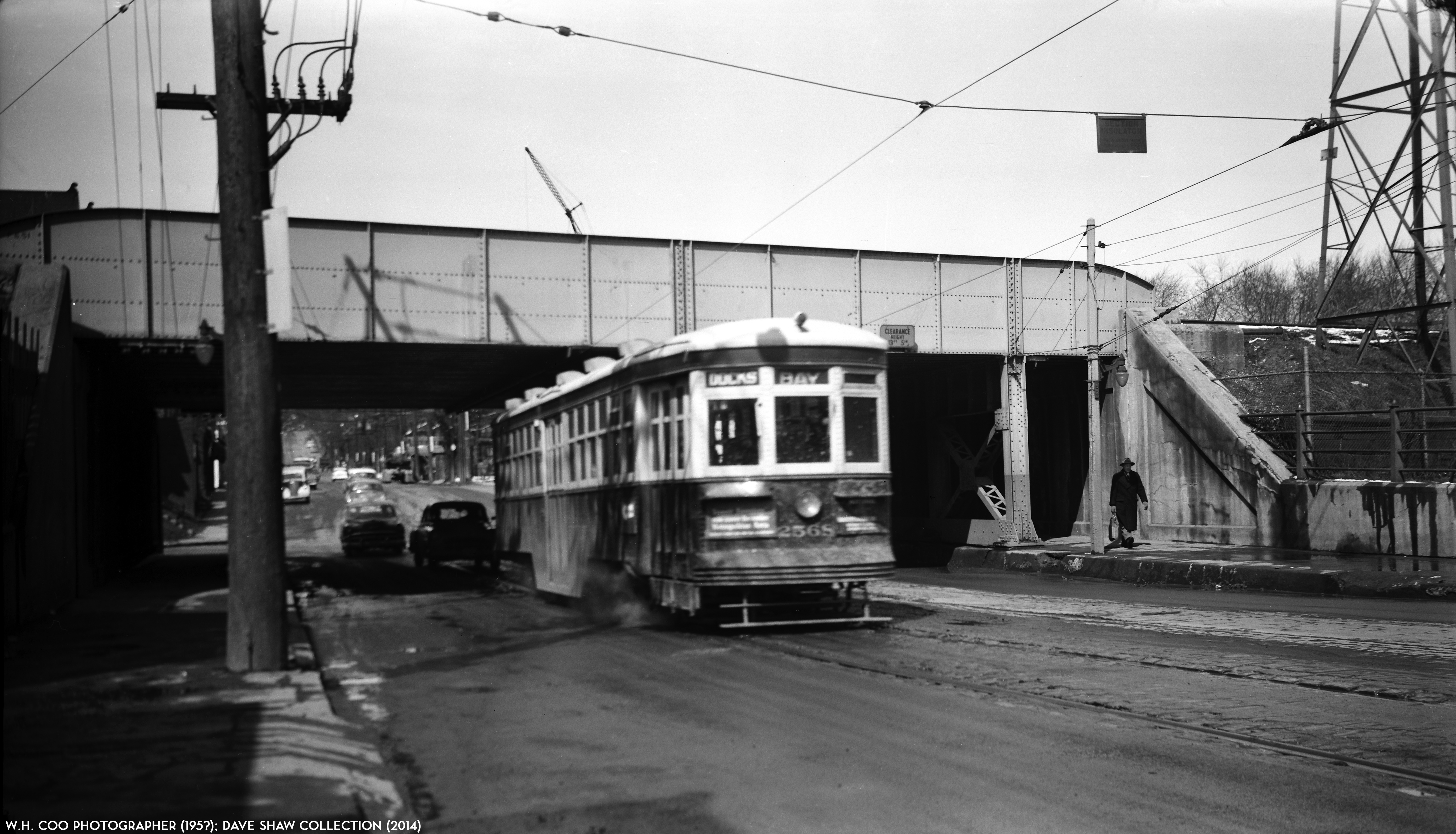
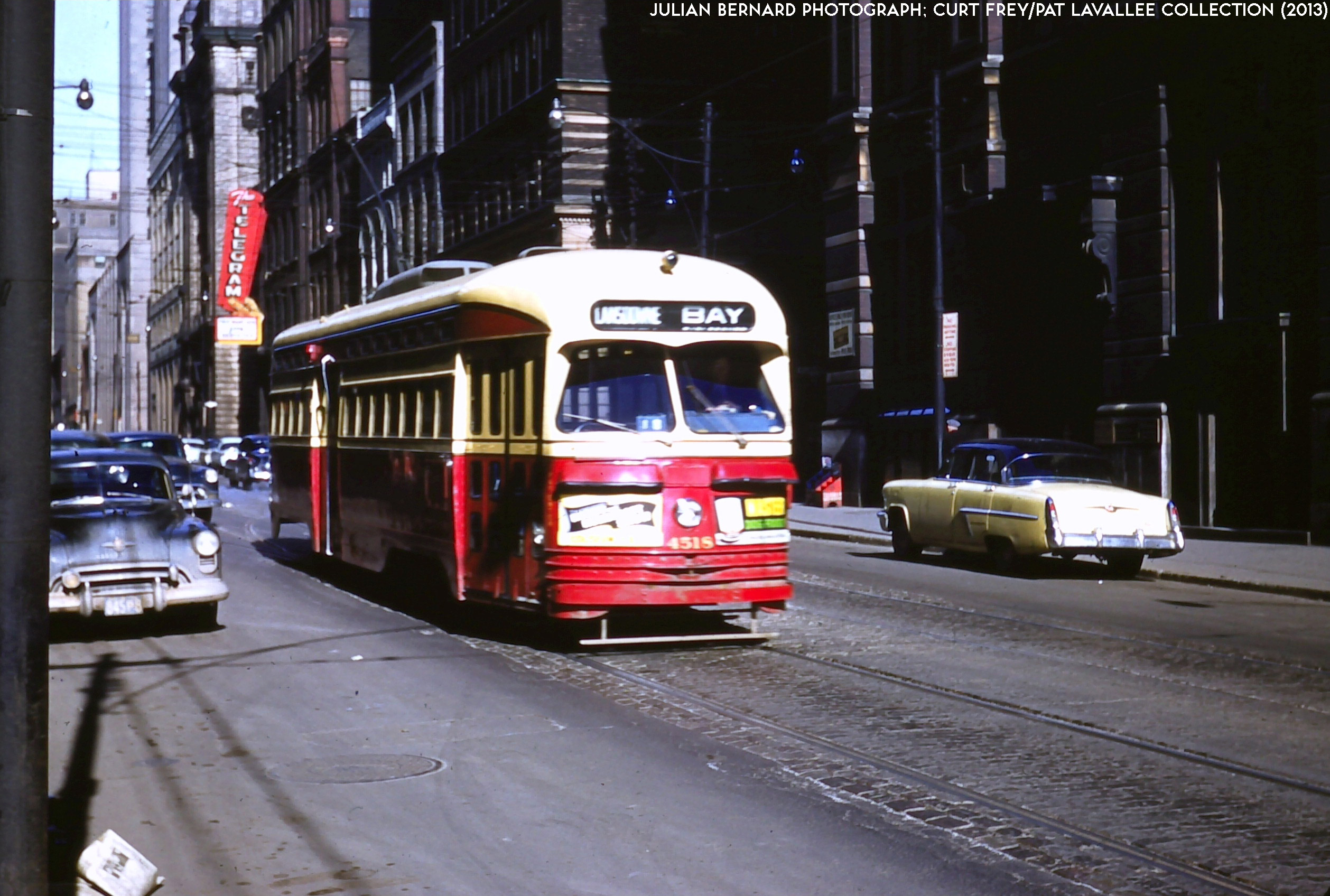
The plan from James Brown and Kim Storey, who also designed Yonge-Dundas Square and the pedestrian-friendly overhaul of St. George Street, would reduce the space allocated to traffic lanes from 20 metres to about 13.3 metres, creating 2.6 hectares of new public space and accommodating 580 new trees. The street would be reduced from six to four traffic lanes in an asymmetrical design, creating sidewalks 3.5 metres wide on the west side, and 8.2 metres on the east.
The broader sidewalks on the east would allow for generous pedestrian space dotted with terraces, public art and a double line of trees. The architects say the effect would be a “linear park” that would connect to nearby green spaces like Ramsden Park and the proposed Green Line, and be “transformative at a civic scale.”
The current version of the Avenue concept doesn’t include bike lanes. Brown and Storey, who worked on the plan pro bono, said the proposal has the potential to accommodate cycling paths, but for the moment their work was “focused on maximizing the pedestrian/public realm.”
Brown and Storey noted that like other north-south arterials in Toronto, Avenue Road was widened in the 1950s to provide as much space to cars as possible, taking space from other road users and requiring the removal of trees, verges, front gardens and sidewalks.
They said they hope their new vision “shows how a return of balance to the space for pedestrians and vehicles would revitalize a key boulevard in the city,” and serves as a model for reviving other north-south streets.
/https://www.thestar.com/content/dam/thestar/news/gta/2021/07/14/too-fast-too-furious-local-residents-want-the-city-to-slow-speeding-traffic-on-avenue-road-by-turning-part-of-it-into-a-park/avenue_road.jpg)
The death of an 18-year-old cyclist on Avenue Road last month has given new urgency to a plan to revamp the busy thoroughfare, safety advocates and local politicians say.
The plan, which doesn't have an endorsement — or funding — from city council, would see traffic lanes reduced from six to four on Avenue Road between Bloor Street and St. Clair, sidewalks widened dramatically, with trees, benches and public art added as well.
"The narrow sidewalks in places are so narrow that they're essentially a mountain pathway," said Albert Koehl, co-ordinator of the Avenue Road Safety Coalition, a community group that sponsored the new street plan.
"The city's own studies show that about 85 per cent of people exceed the speed limit. And if you look at parts of the road, it really looks like a motorway. It's six lanes," Koehl said.
Cyclist Miguel Escanan was killed in August when he was hit by a truck on Avenue Road just north of Bloor Street.
The plan, conceived by Toronto's Brown and Storey Architects Inc., also contains an option to add bike lanes, Koehl said, but "our priority was getting wider sidewalks."
As for the possibility of complaints from motorists, Koehl said the safety plan shouldn't surprise anyone.
"The irony is that our plan that we've proposed is completely consistent with the city's plans about getting people to walk and cycle more, getting people out of cars," he said.
The Brown and Storey plan goes to a virtual public meeting on Monday evening.




